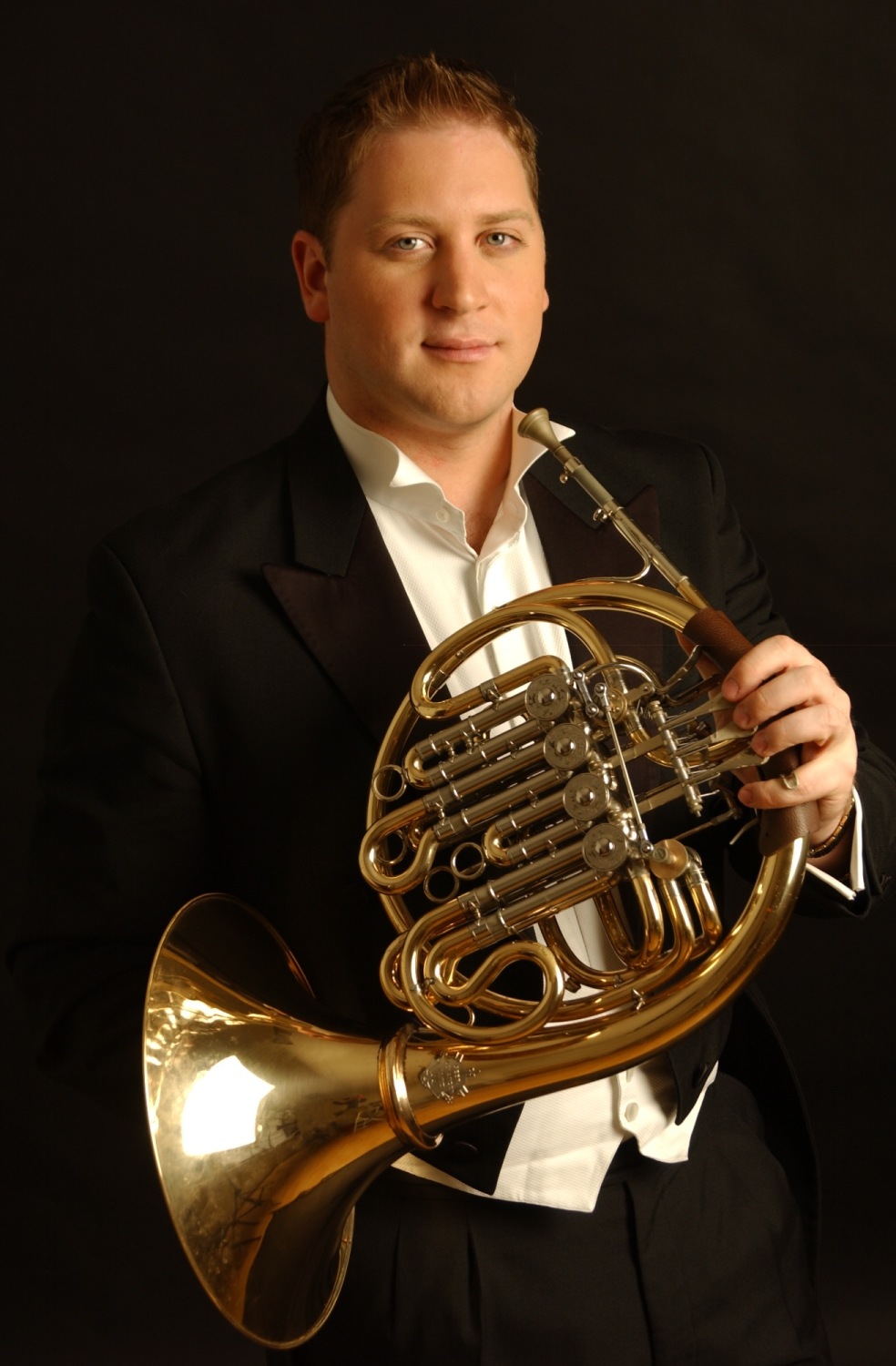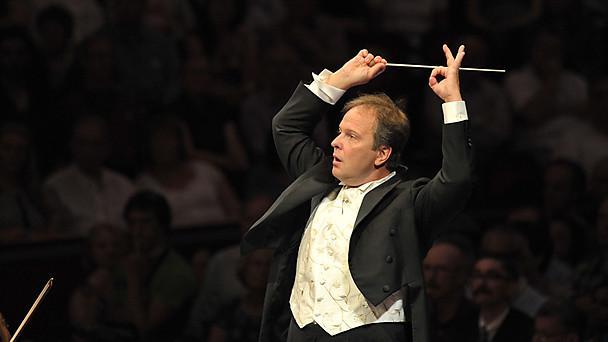Now this is what I call an orchestra showing off: you unleash four of your horns on the most insanely difficult yet joyous of sinfoniettas for accompanied horn quartet, Schumann’s Konzertstück, and later let the other four light the brightest of candles on the enormous, rainbow-dyed cake of Beethoven’s Eroica Symphony. How they battled it out between them for who did what I can't imagine, but both groups covered themselves with glory.
It’s also extremely good concert planning when horn-drenched early romantic extroversion, guided with unflagging energy and focus by the BBC Symphony Orchestra’s inspired choice of principal conductor Sakari Oramo, brackets a new piece still hovering in a post-romantic twilight with reference to unfinished business by Mahler and Sibelius.
If Colin Matthews’s Traces Remain can’t lay claim to the same unwavering sense of purposeful genius as its teeming companion pieces, it’s beautifully scored and was played with luminous care by a very large and obviously well-prepared orchestra under Oramo’s atmospheric guidance. The title of the piece, a BBC Commission receiving its world premiere last night, comes from Charles Nicholl’s essays on the fugitive history of lost works – among them Shakespeare’s Cardenio, of which remains only a rare song by Jacobean lutenist composer Robert Johnson.
 The Johnson ground, as it were, only emerges clearly at the end of the piece, but other scraps and surmises punctuate the drifting tide of musical debris. I often wait for Matthews (pictured right by Maurice Foxall) to pull out of his multicoloured bag a really memorable idea or two of his own: here it seemed as if he was doing just that with a fragment of soprano saxophone melody, but when it later took wing it turned out to be one of his references. Which of them I’m not totally sure, as Paul Griffiths’ note cites them only to ignore them when he takes us through the piece, but I’d hazard a guess it’s Schoenberg’s lost 1912 orchestration of Beethoven’s song ‘Adelaide’.
The Johnson ground, as it were, only emerges clearly at the end of the piece, but other scraps and surmises punctuate the drifting tide of musical debris. I often wait for Matthews (pictured right by Maurice Foxall) to pull out of his multicoloured bag a really memorable idea or two of his own: here it seemed as if he was doing just that with a fragment of soprano saxophone melody, but when it later took wing it turned out to be one of his references. Which of them I’m not totally sure, as Paul Griffiths’ note cites them only to ignore them when he takes us through the piece, but I’d hazard a guess it’s Schoenberg’s lost 1912 orchestration of Beethoven’s song ‘Adelaide’.
Having hoped that Oramo would perform the Sibelius fragments which may or may not belong to the composer's destroyed Eighth Symphony in his first concert with the orchestra, I got what I wanted in more subterranean fashion here, and there was no mistaking late Mahler seemingly in the manner of the unfinished Tenth Symphony, on Deryck Cooke’s performing versions of which Colin worked with his brother David: pastiche or what? It turned out to be an unusued sketch for the swansong.
Were the quoted fragments tied to a bigger argument, as they always are in Schnittke’s great collages? I didn’t feel so. But at least this was one of the few Matthews brothers’ pieces not entirely arrangements of other composers’ music which I’d like to hear again – in fact I’m off to the iPlayer after this to do just that.
A robust spirit of delight flanked this drifting introspection. One of the orchestra’s two horn principals, Martin Owen (pictured below), just back from a season guest-principalling at the Berlin Phil, led three more rather more reticent seeming - but not sounding - through the charging exuberance and gentle melancholy of Schumann’s great experiment. As the composer doesn’t care much for orchestral colour – except in the central movement’s wistful woodwind and viola unisons – the horns themselves provide all the novelty, whether in handsome German romantic harmony or full hunting tilt. There’s an insane throwaway top A in the finale which no player gets exactly right, but Owen covered his tracks cleverly and produced a wealth of tone-colour.

You couldn’t pin Oramo’s reading down to any one style. He began with an almost classical deftness and forward movement that welcomed an exposition repeat, and proved so buoyant that you couldn’t understand how the work reaches such a point of tension and dissonance in the development’s stabbing chords. The fugal section of the Adagio had such iron focus that it sounded like something out of the 20th century, and every little shift of emphasis, every elaborated repeat sounded not like the composer being simply clever but wanting to expand his expressive universe as wide as he could.
I don't think I've ever wept in a Beethoven symphony before, but I did here as the finale took time to breathe and reflect, and though I’ll confess a blind spot with so many interpretations of the symphonies, this stands for me along with Ilan Volkov’s stunning re-evaluation of the Pastoral at the 2008 Proms as the most exhilarating I’ve ever heard.














Add comment